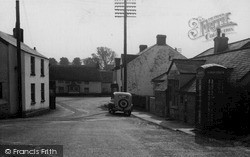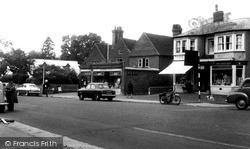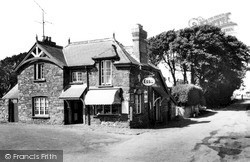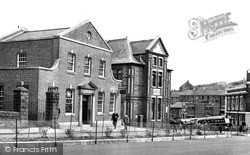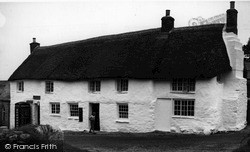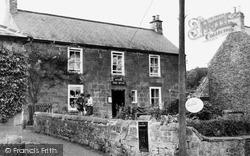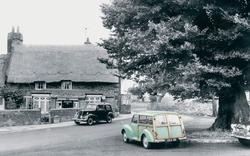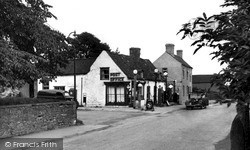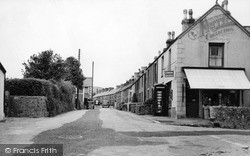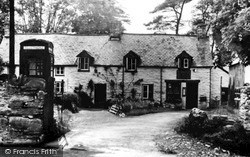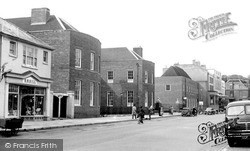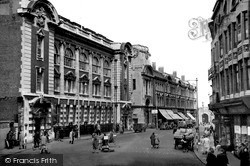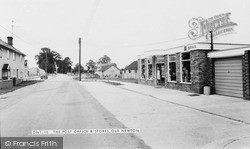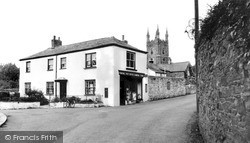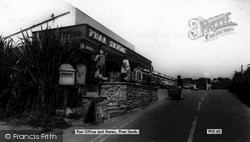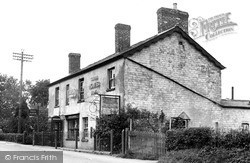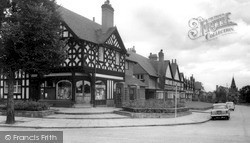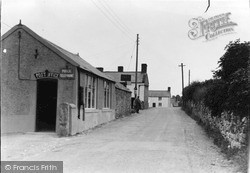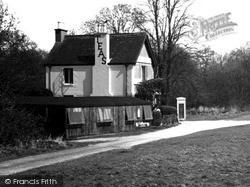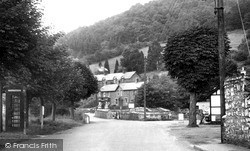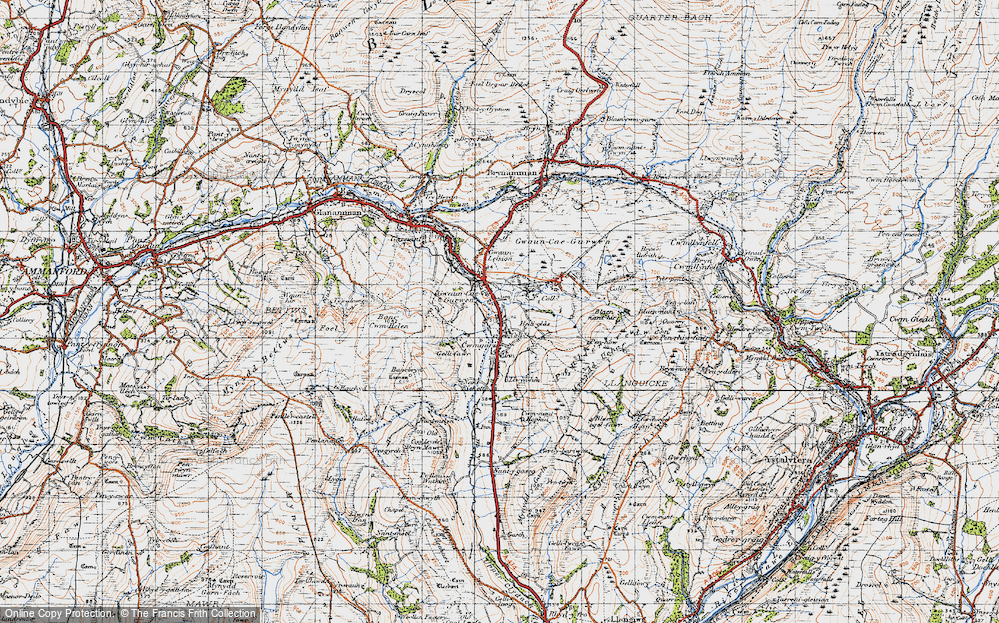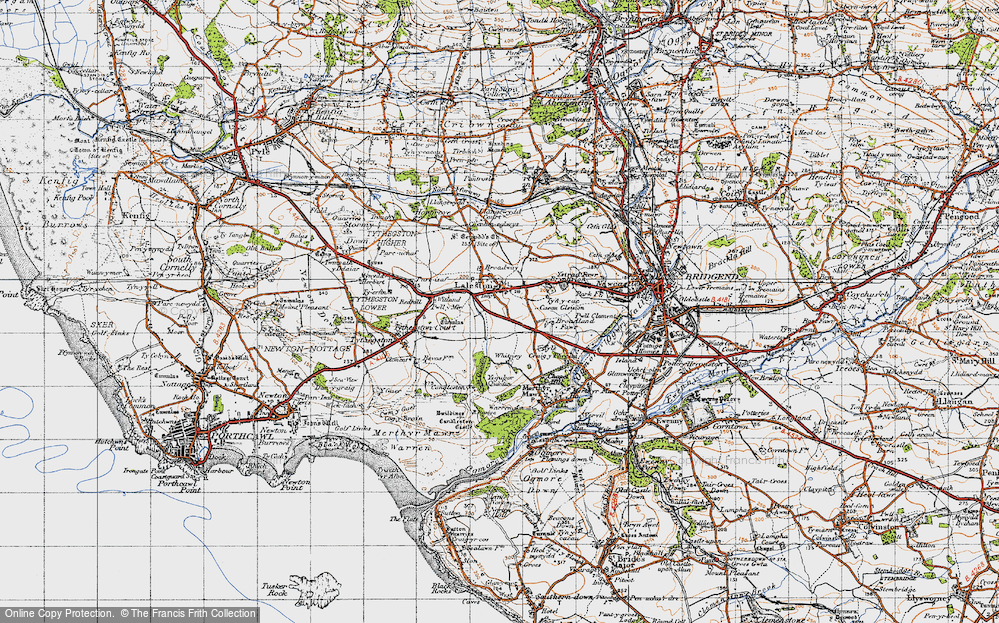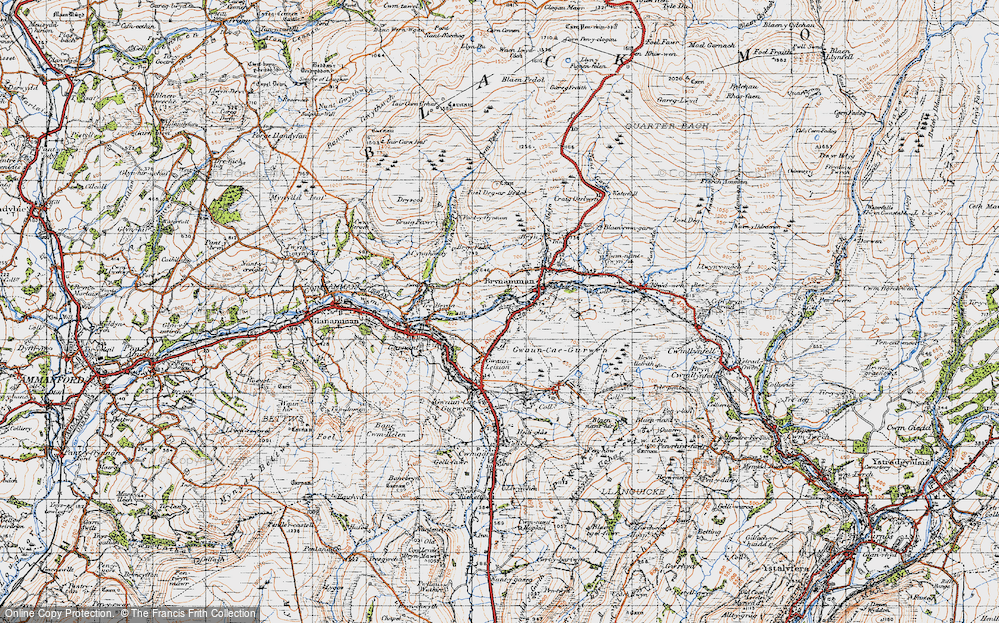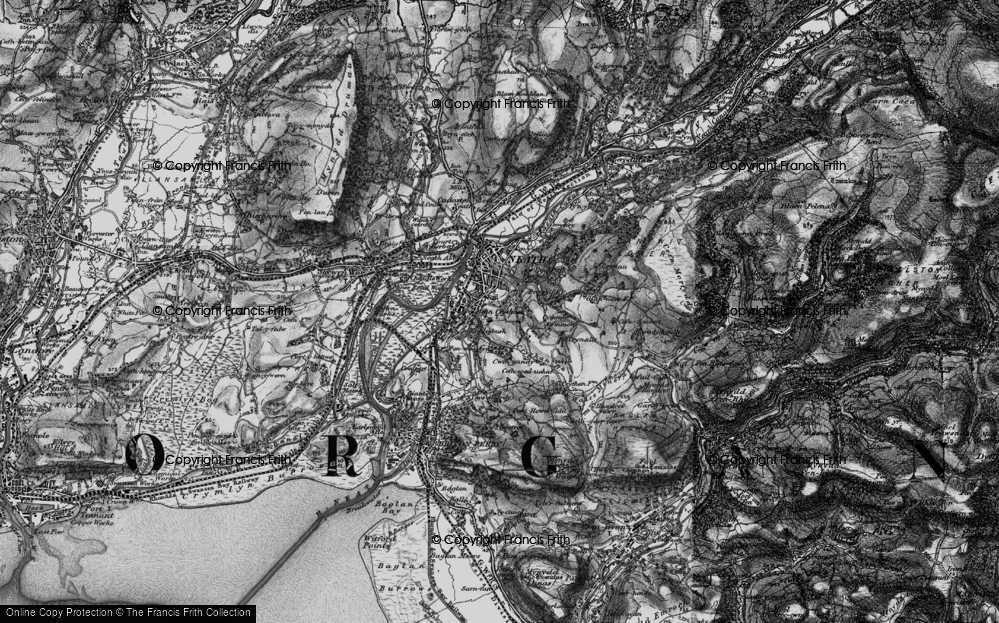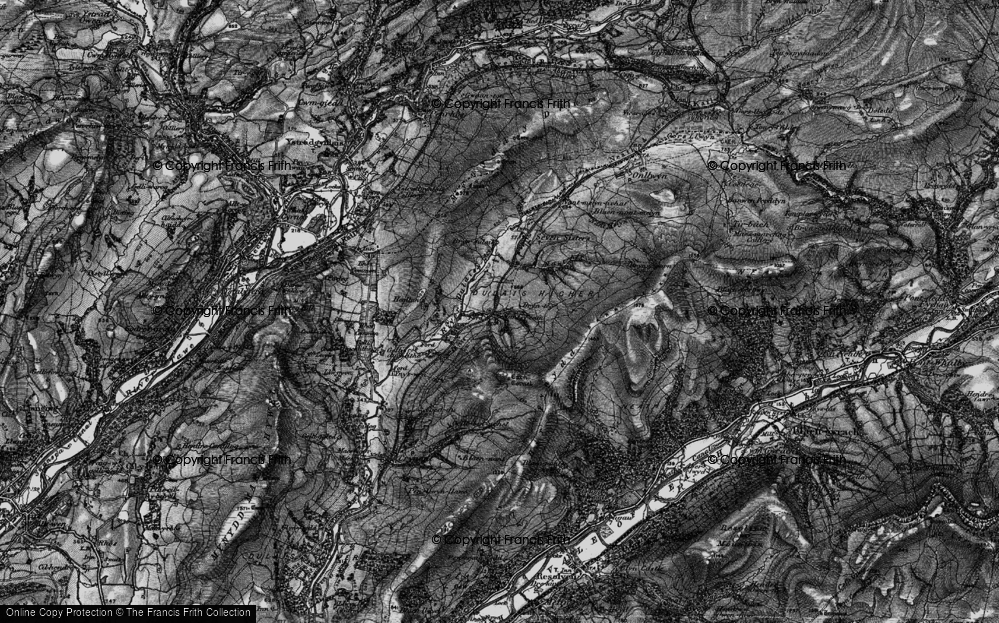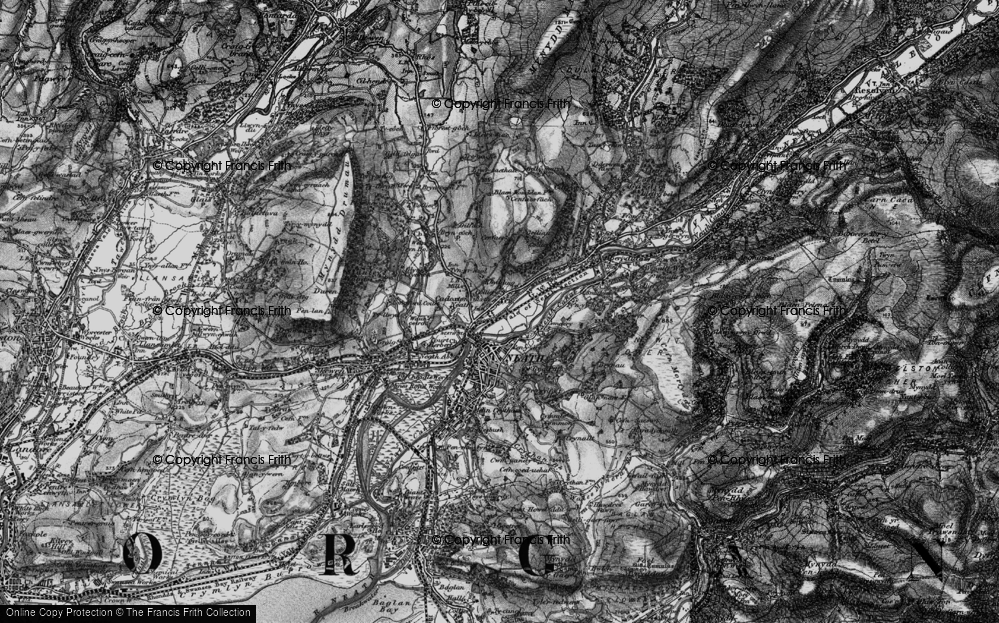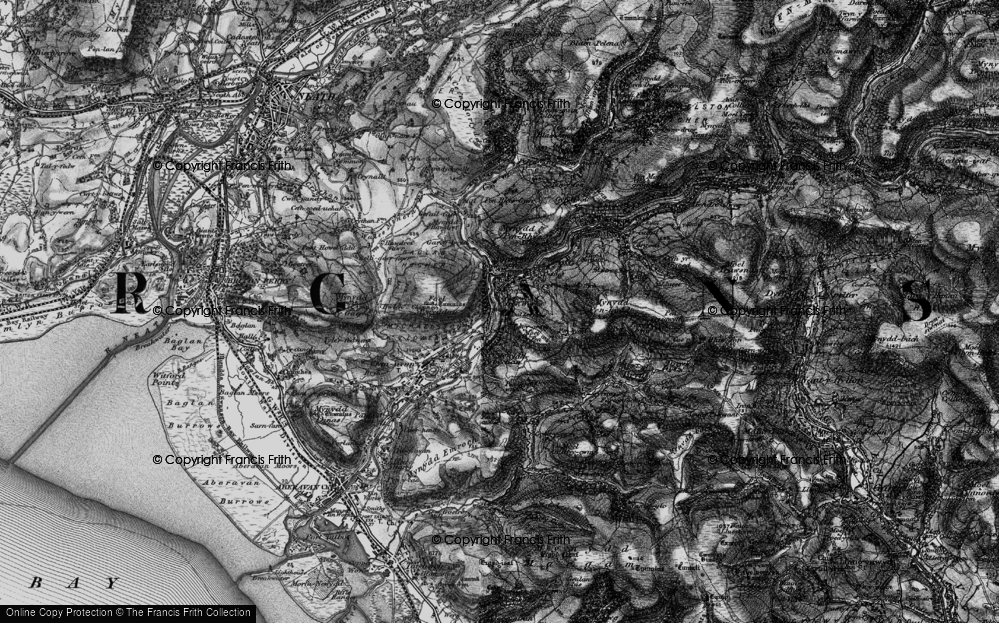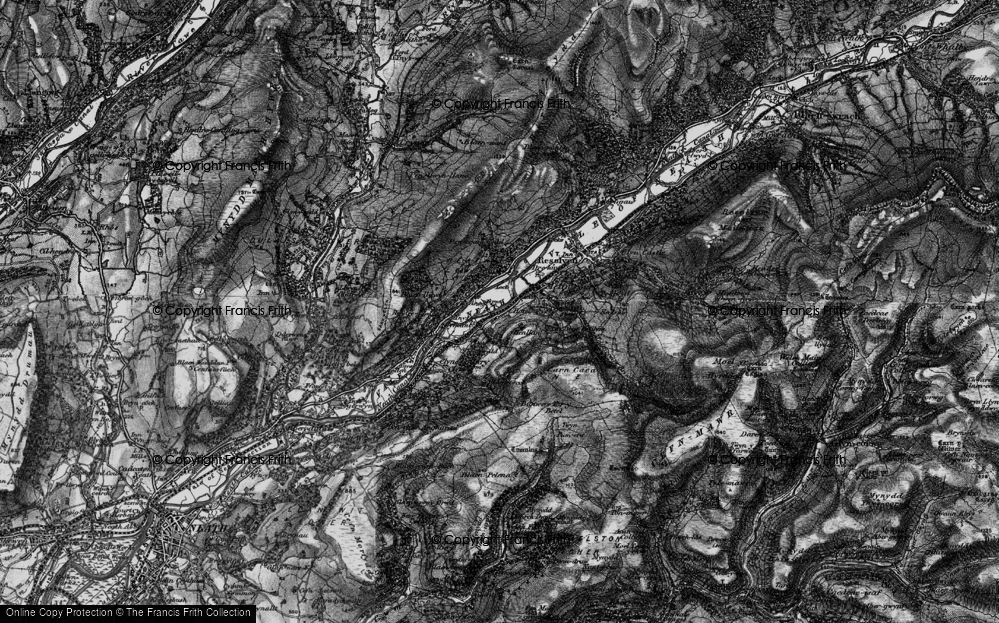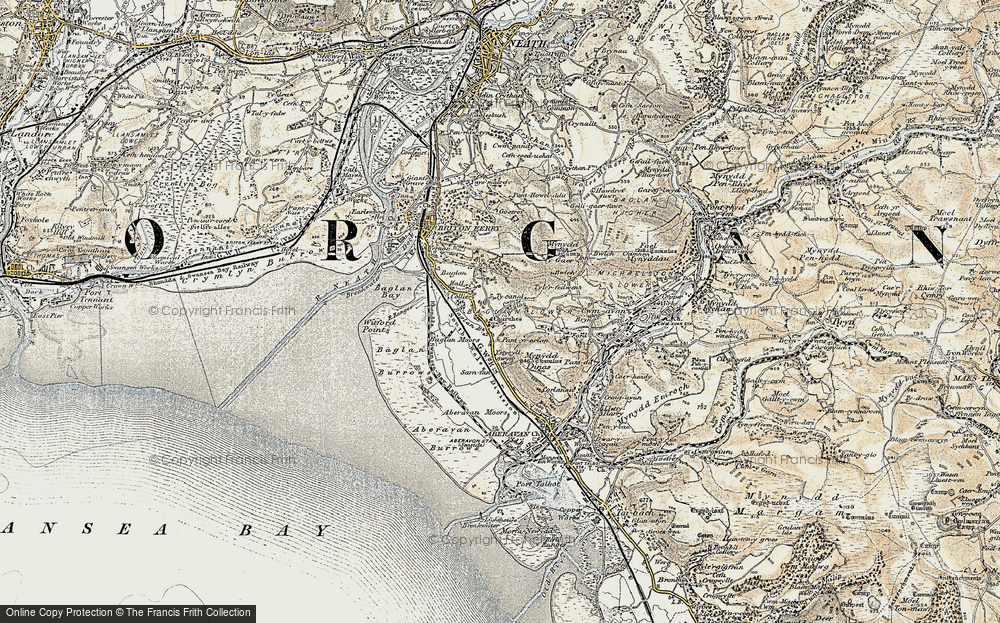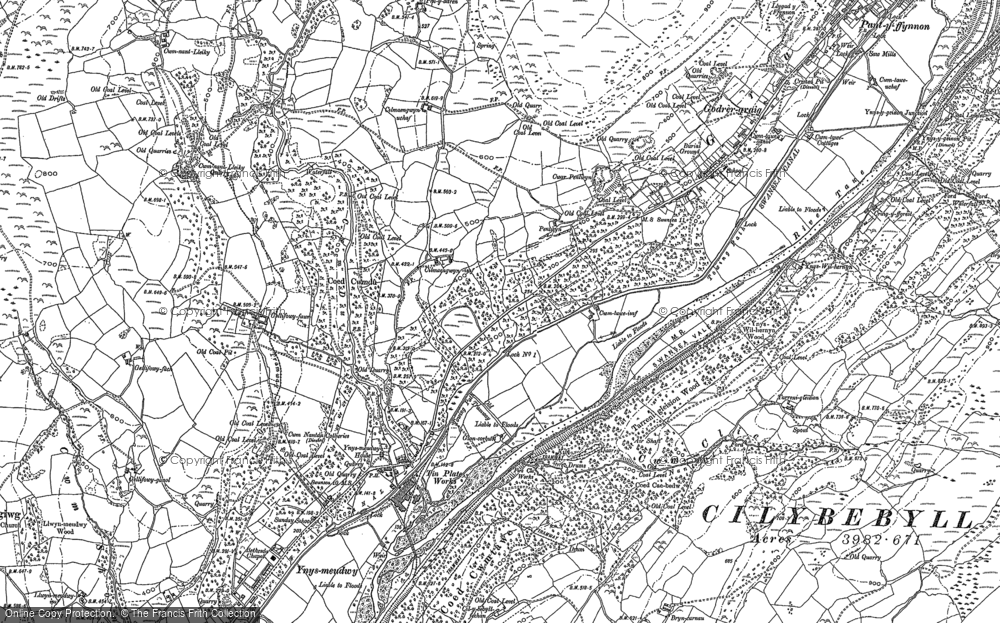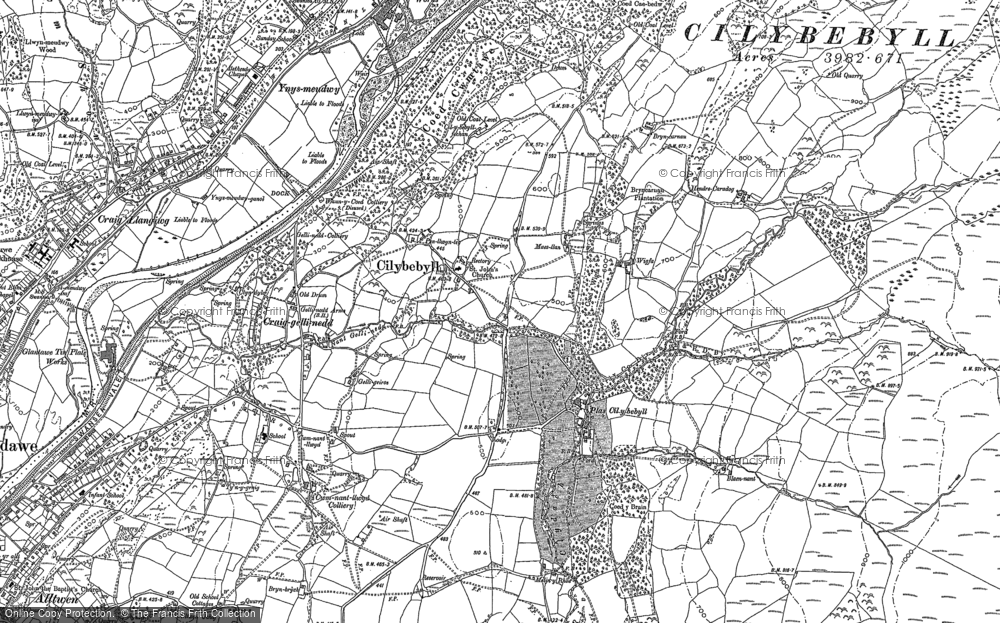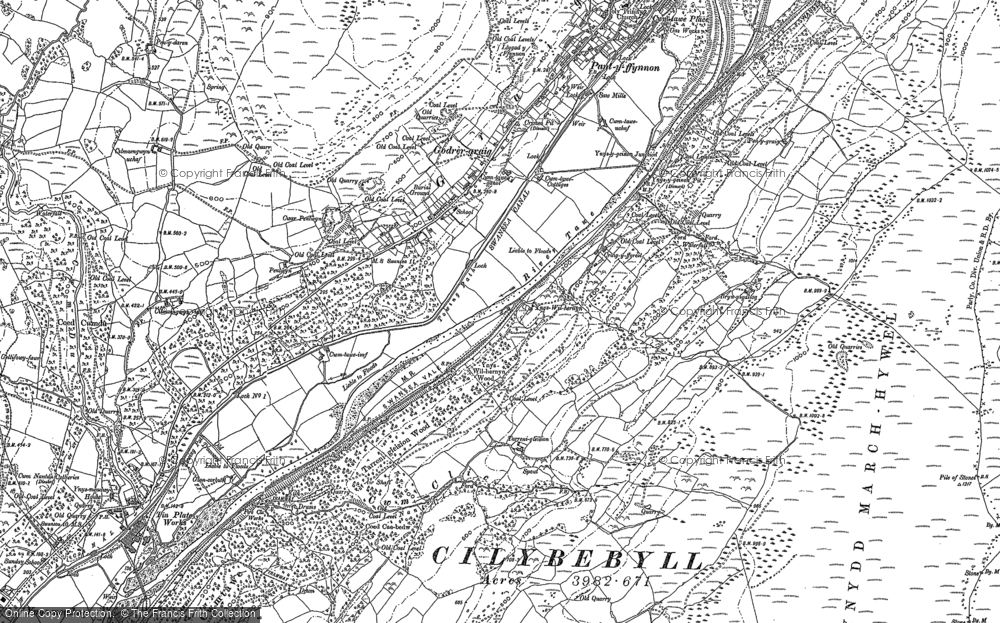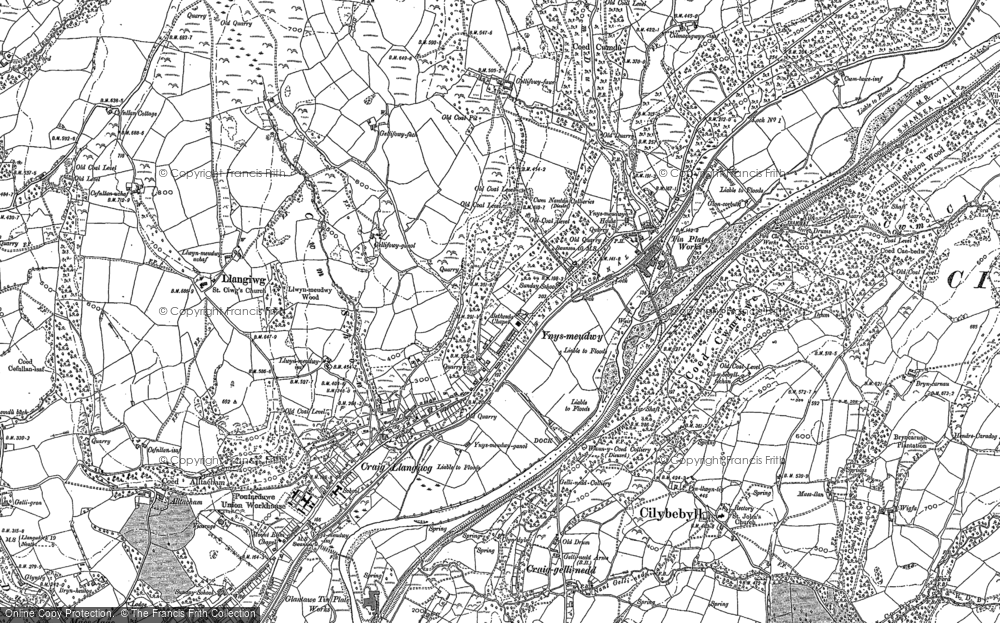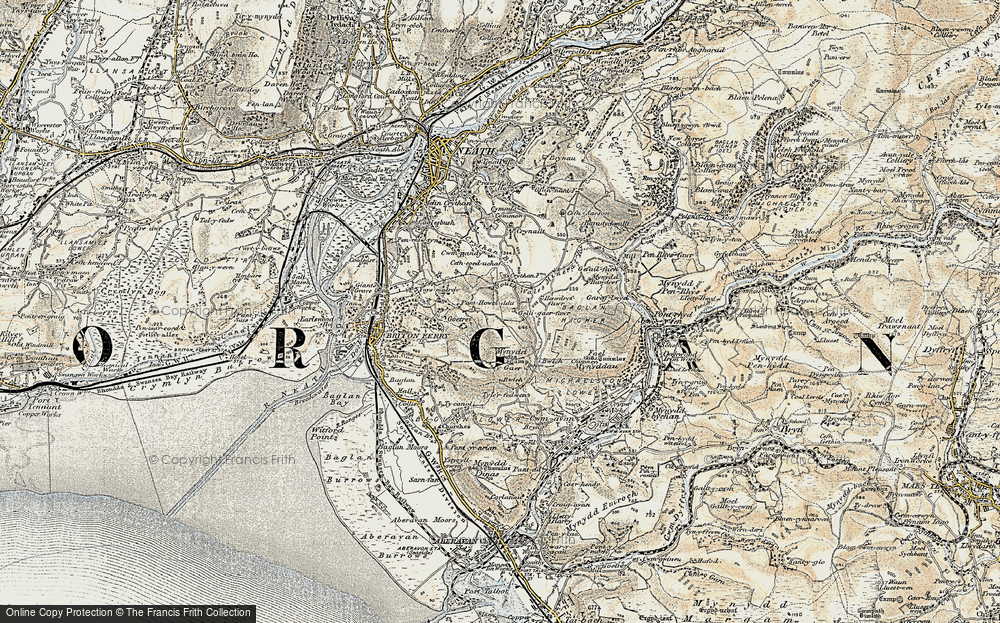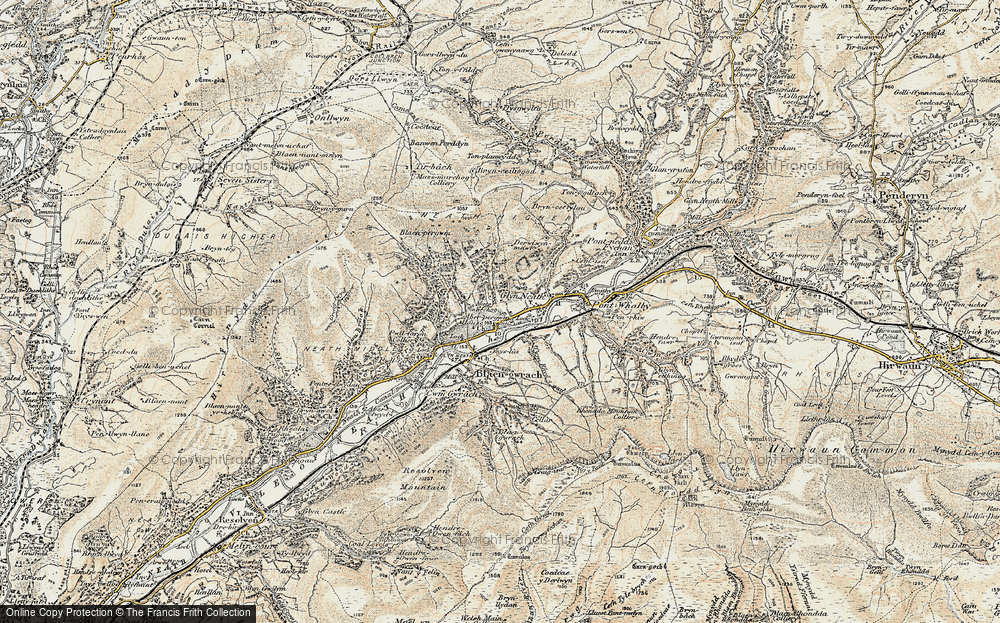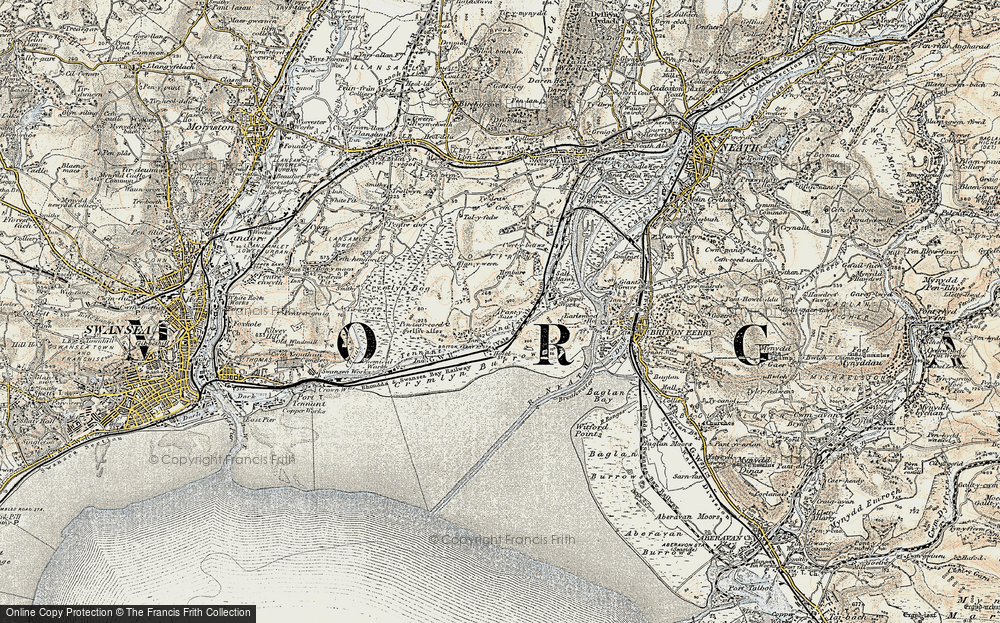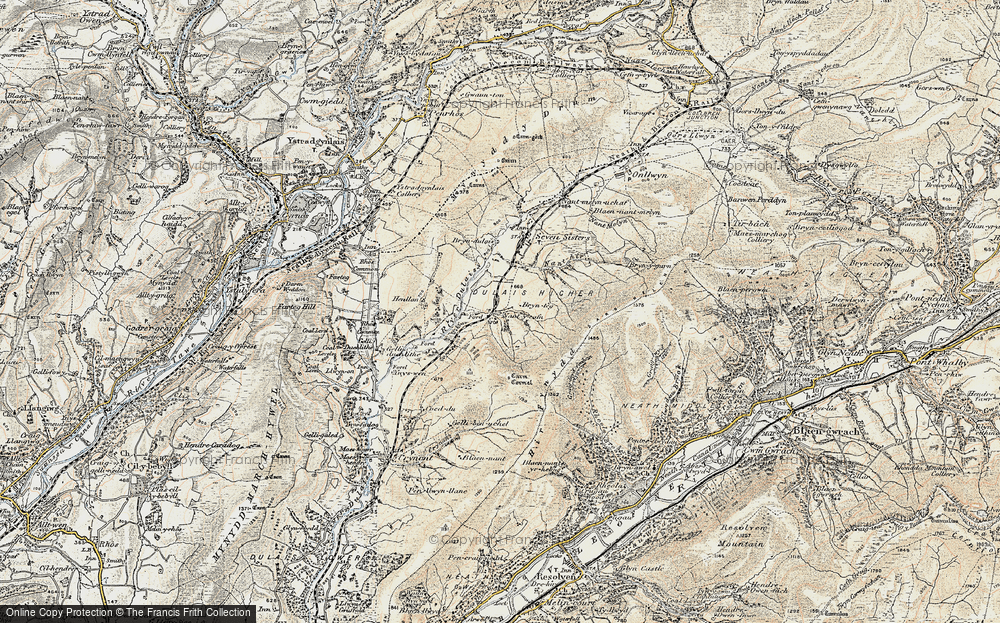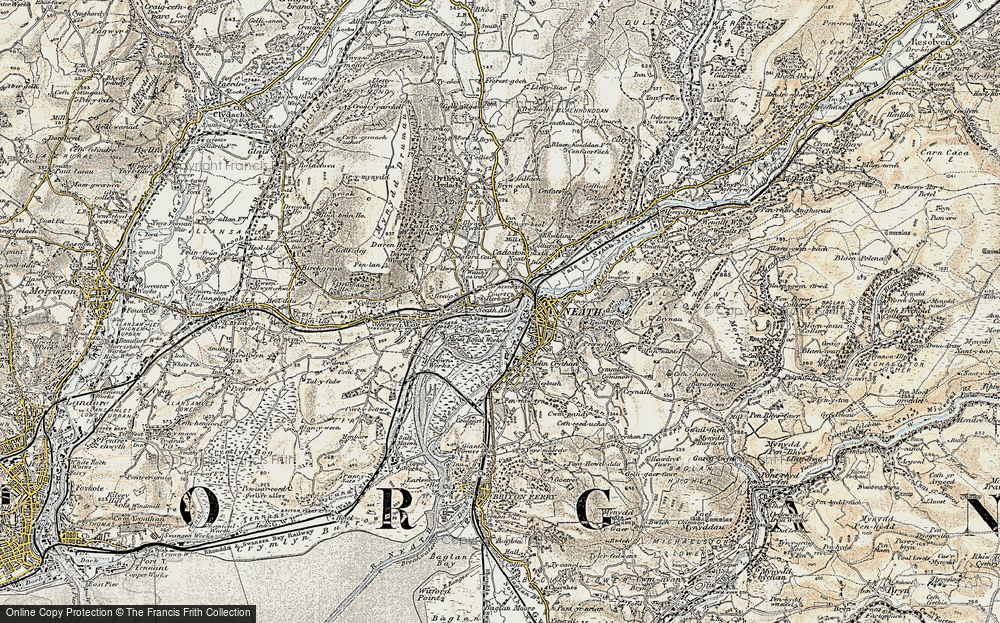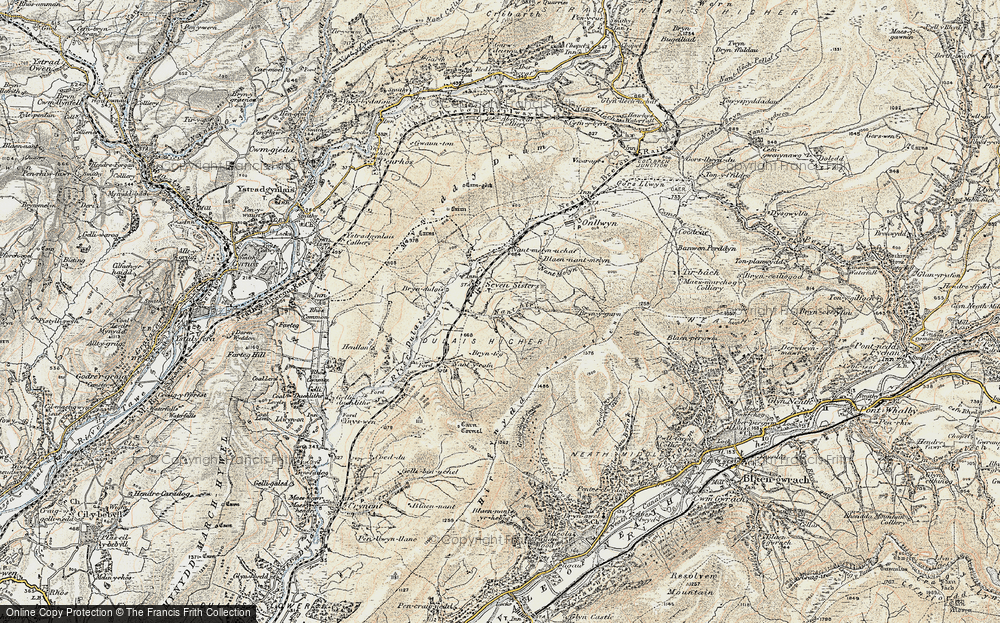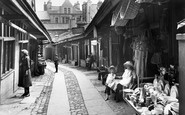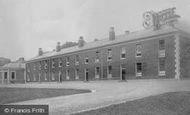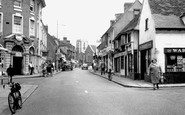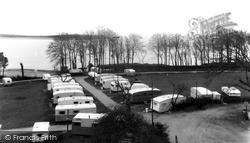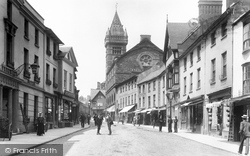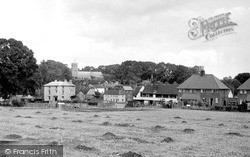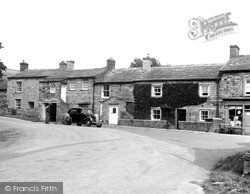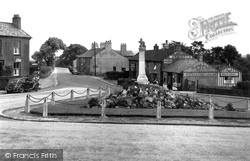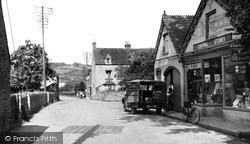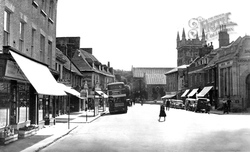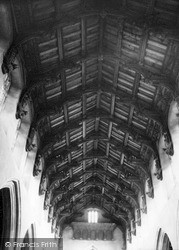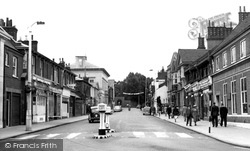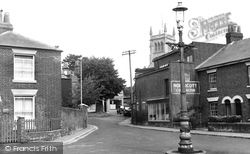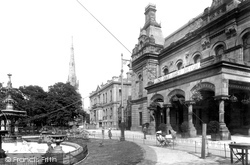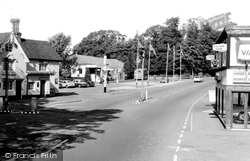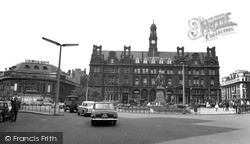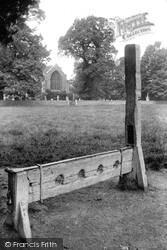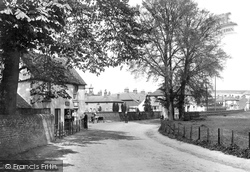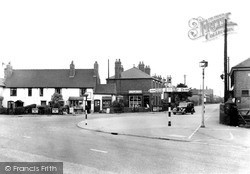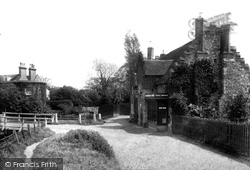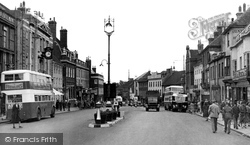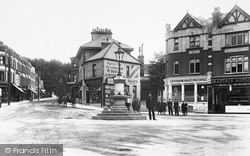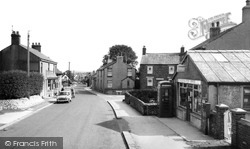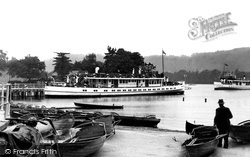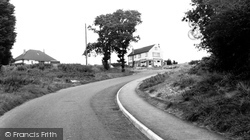Places
9 places found.
Those places high-lighted have photos. All locations may have maps, books and memories.
Photos
2,748 photos found. Showing results 661 to 680.
Maps
776 maps found.
Books
1 books found. Showing results 793 to 1.
Memories
2,736 memories found. Showing results 331 to 340.
Kerr Bookshop
Ewen Kerr opened a secondhand bookshop in New Sambles, sometime during the early years of World War II. I remember selling him some of my children's books (I now much regret that I did not keep them; I was only 17 at the time) and ...Read more
A memory of Kendal by
The Army Firing Range At Hythe
The original site of the School of Musketry is no more, having been demolished to make way for a modern supermarket, but I remember using the nearby army firing ranges. My first encounter was with 39 Signal Regiment in ...Read more
A memory of Hythe in 1971 by
Exciting And Interesting Times
Not sure if anyone reads their comments later in life, but in response to one, it was Cliff Bennett and the Rebel Rousers. Cliff lived in Long Lane, next door to where I lived when I was 3 or 4. We lived in the ...Read more
A memory of Uxbridge in 1968 by
Railway Terrace
I have many memories of Caerau. I lived at no 40 Railway Terrace from 1942 until 1963, when I got married to Linda Jukes.Wwe left Caerau in 1965 to Luton where I went to work for Vauxhall Motors. It is nice reading about the 50's ...Read more
A memory of Caerau in 1965 by
Naafi Club Days
Cocktails for Half a Crown, big eats and pints downstairs, lockers rented out in which to keep civvies for that rare 'Friday while', weekly dance cost just sixpence to get in. For a young national serviceman heaven was just around the corner from HMS Pembroke !!
A memory of Gillingham in 1950 by
My Early Days At Longmoor
I was born at the Louise Margaret Hospital at Aldershot while my father was RSM at Longmoor, then of course the home of the well known Longmoor Military Railway. I was christened at the St Martin's Garrison Church. ...Read more
A memory of Longmoor Camp by
Halton Village
I arrived in Halton in 1957 age 6 .My memories are the shops and pubs in Halton. Harold fish shop was the most popular fish shop in Halton. There was Halton Institute where I went to dancing class, Miss Fraser ran it - she ...Read more
A memory of Halton in 1960 by
Raf Herscha Hill
I, along with two others at any one time, was posted to the RAF fixer station on Herscha Hill. We stayed with Miss Bella Scott at a house called Noranside, halfway up Kintore Street. I was there from 2 Feb 1954 to mid-November ...Read more
A memory of Auchenblae in 1954 by
The Parade Swimming Baths
Hi, I was an evacuee & I lived in Cresent Road. I used to go to Brentwood Senior Boys School at Doddinghurst Road. On Fridays we always went to the fish and chip shop - chips and crackling! I would always go to ...Read more
A memory of Brentwood in 1943 by
The People Of Kilfinan
The year my mum and dad got married in Kilfinan Church. My mum was born and brought up in Kilfinan Post Office where my granny, Mrs Maclachlan was the post mistress for many of my childhood years. I don't actually remember ...Read more
A memory of Kilfinan in 1951 by
Captions
1,653 captions found. Showing results 793 to 816.
Swanbridge and Sully Island, once the haunt of wreckers and pirates, would play host to an equally enthusiastic yet more peaceful group of invaders each summer!
Behind the post office lamp on the right the tall new Lloyds Bank building has altered the roof line.
The Post Office Stores on the corner closed in 1991. To the centre right is the Guildhall of c1495, with the Arts and Crafts-style Village Hall behind.
A shooting lodge became the Youth Hostel and later housed the post office.
Again we see an empty road, but motor traffic has made an appearance in the form of two parked motor cars, one alongside a striped sign post to Clitheroe.
Further north along the High Street, the photographer looks past the junction with Vicarage Street past a jumble of piecemeal development, mostly late 19th-century small shops.
Indeed, the scene in Church Street captured here has changed remarkably little in the past half century.
The design of the Number 24 Bournemouth bus and the Morris Minor van opposite it take us firmly into the post-war years.
There are 106 angels on the hammers, wall plate and wall posts, all with outstretched wings hovering over the congregation at worship.
On the right, the building on the far side of the post office (built 1903) is the Methodist Wesleyan chapel which was opened on 24 July 1834.
This scene is largely unchanged today, with the lamp-post still pleasingly in the middle of the road, but there are road markings now.
Further along is the Town Hall, which was built in 1854; it also housed the police court and post office.
There is a great increase in street furniture such as lamp posts, flagpoles and traffic islands, whose black and white paintwork is a hangover from wartime blackout conditions.
The Post Office, with its central turret, was built in 1896 by Sir Henry Tanner. It was erected on the site of the old Mixed Cloth Hall, which was opened in 1756.
The Post Office, with its central turret, was built in 1896 by Sir Henry Tanner. It was erected on the site of the old Mixed Cloth Hall, which was opened in 1756.
There is still a stocks and whipping post at Havering-atte-Bower, and there has been since at least the 17th century, when they were destroyed by a mob.
On the left a woman stands in the door of the Post Office, which in 1895 also acted as a money order and telegraph office. Just beyond a carpenter is at work.
He had a flair for advertising and 'Player's Please' signs, such as the one affixed to the Post Office, were eventually to be seen in every village.
The stores and post office, right, were once an essential part of this village.
Despite the fact that post-war rationing was still in force, this market town was thriving. On the left is an optician's, A Bateman's.
Grand Parade (right), housing the post office and Arthur Hopkins' butcher's shop, was newly built at the time this picture was taken.
On the right is the post office, its thatched roof replaced by corrugated iron.
We can see the large boats of the 1930s, the 'Teal' and the 'Swan', each taking the name of one of the Victorian steamers, in this post-World War II scene by Bowness pier.
Stan Leach and his wife kept Corfe Mullen Post Office (top right), which is still going under different ownership.
Places (9)
Photos (2748)
Memories (2736)
Books (1)
Maps (776)


